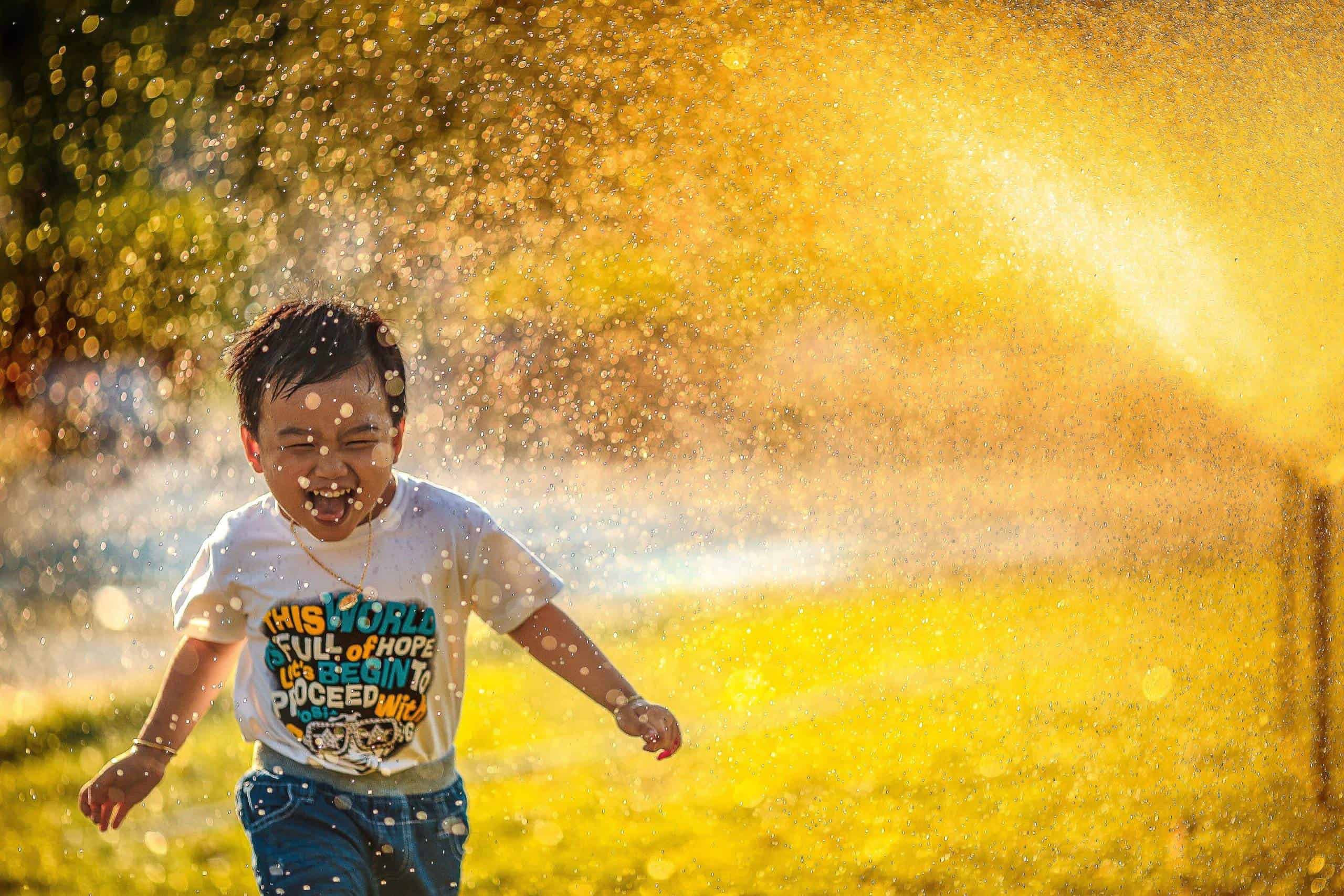
Looking for Ananda
Thank you to Emily Gemmell, PhD Candidate at the University of British Columbia, for providing this guest post.
“Ananda,” Mrs. Murry said thoughtfully. “That rings some kind of bell.”
“It’s Sanskrit,” Charles Wallace said.
Meg asked, “Does it mean anything?”
“That joy in existence without which the universe will fall apart and collapse.”
“That’s a mighty big name for one dog to carry,” Mrs. Murry said.
“She’s a large dog and it’s her name,” Charles Wallace responded.
– from A Swiftly Tilting Planet, Madeleine L’Engle
Young children’s interactions with local spaces and features are often surprising – and entertaining – to adult observers. Whether it is in a three-year-old’s serious conversation with a small stick; a six-year-olds’ construction of forts under spindly trees between apartment buildings (accompanied by narration of imagined, harrowing adventures) or in novel gymnastics moves executed on walkway railings; divergent and fresh perspectives are continually seen in the interactions between young children and their environments. When given the opportunity, they spontaneously engage with outdoor spaces, structures and people in ways that answer specific developmental needs. Climbing, jumping, rolling, running, collaborating, exploring, wayfinding, problem-solving, negotiating, imagining, and creating occur as by-products of children’s free play, but the experience of joy is its most defining characteristic. So how do urban built environments influence young children’s ability to experience joy through these self-directed, playful and developmentally supportive behaviours?
To investigate the influence of these neighbourhood environments on children’s outdoor free play, we conducted a systematic review of evidence across diverse urban contexts, cultures, and geographies.
Across settings, young children are excluded from active use of large swathes of urban public space due to the dominance of car-based transportation systems. Road networks also pose barriers to kids’ use of nearby greenspaces either by preventing access (young kids are less likely to use outdoor space near a busy road) or by making these environments stressful due to nearby traffic and noise. In our review, exceptions occurred in neighbourhoods where low-speed roadways were shared by vehicles and pedestrians, or on streets temporarily closed to traffic and repurposed as play spaces.
Urban planning for children has often focused on specially designated areas: parks, school grounds, and sports facilities that can provide key opportunities for outdoor play, social connection, and physical activity. However, these spaces may be inequitably distributed across cities and usually require a special trip with an accompanying adult, whose time constraints and responsibilities may further limit children’s opportunities. Private yards provide space for outdoor play in lower-density neighbourhoods, however, children expressed feeling lonely or bored in these spaces and some parents complained that a lack of other children to play with outdoors contributed to their child’s preference for video games.
In our review, children were attracted to natural spaces and materials: trees, leaves, sticks, sand, water, branches, and animals held particular fascination for them. They appreciated hyper-local encounters with nature: the bees and bugs found in planters, bushes along sidewalks and temporary “water features” in the form of puddles or ditches.
When we compared child and adult perspectives in our review, it became clear that they fundamentally differed in the conceptualization of a “play space.”
Adults had more fixed ideas while young children viewed all spaces as potentially playable. Paths, shrubbery, sidewalks, bike racks, ditches and other everyday features could hold all the appeal needed to completely absorb a child’s attention and motivate movement, creativity, collaboration and problem-solving behaviours. Formal play spaces, usually designed with specific behaviours in mind, do not always provide the variety of experiences that may be incidentally discovered in everyday, informal, neighbourhood spaces.
Young children were also attracted to spaces where they could observe and take part in community life. For instance, in a pop-up park (i.e., a small park situated temporarily on road space), children enjoyed people-watching and feeling part of the action.
The major themes that emerged in our review of evidence suggest that urban neighbourhoods must move beyond provision of secured, disconnected spaces for play.
Playable networks, that consider the unique needs of young children in urban design can support the integration of developmentally supportive behaviours into everyday routines. This requires a willingness to radically reimagine and adapt current car-centered designs and behaviours. Learning from children to prioritize the potential for joy in everyday settings can advance the objectives of healthy, sustainable urban environments.
Emily is a PhD candidate at the University of British Columbia, researching health-enabling urban environments for children under the supervision of Dr. Michael Brauer. She collaborates with an international group, Pathways to Equitable Healthy Cities, on research to inform, develop and evaluate policy options that advance the health, equity and environmental sustainability of cities. Emily is a mother of three children and previously practiced and taught midwifery in the U.S.A. She is currently most joyful when practicing the cello, coding in Python or learning jujitsu moves from her kids.

